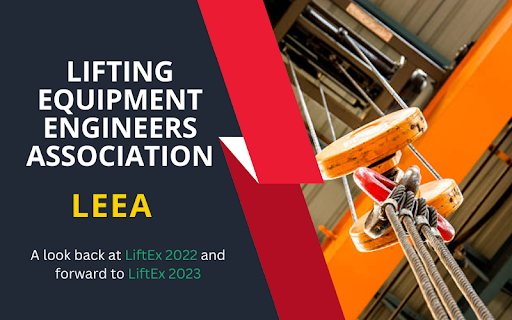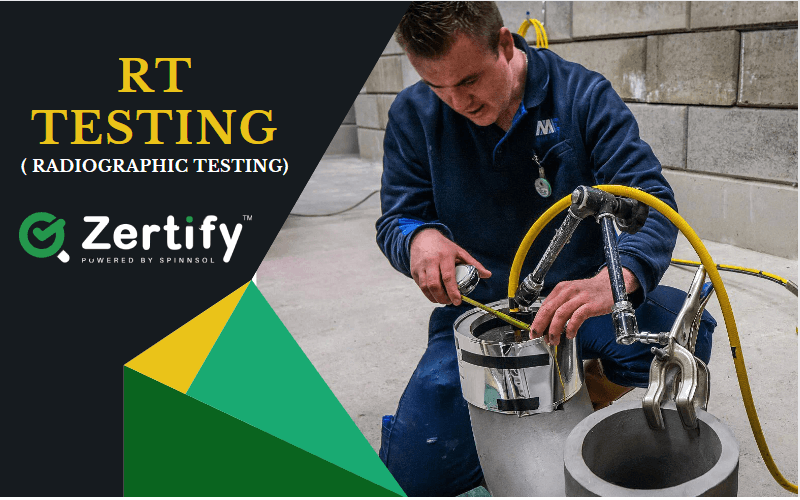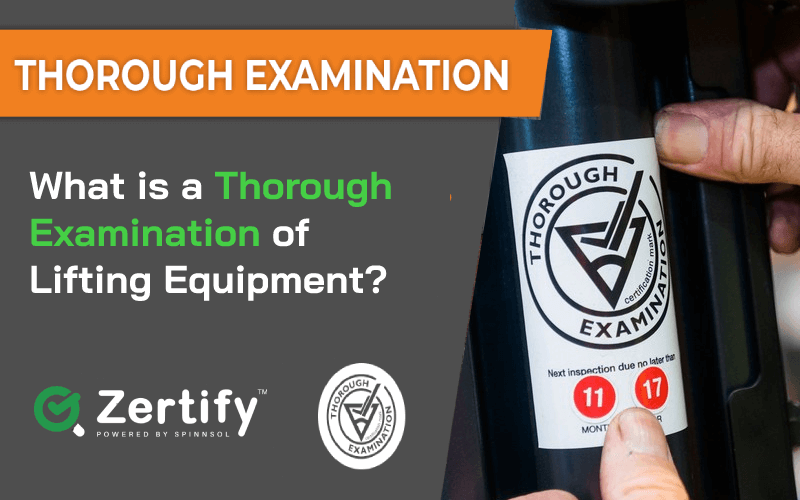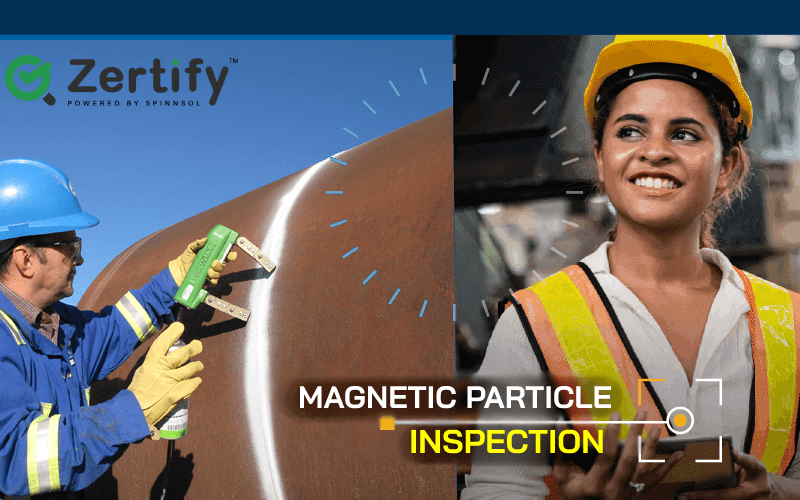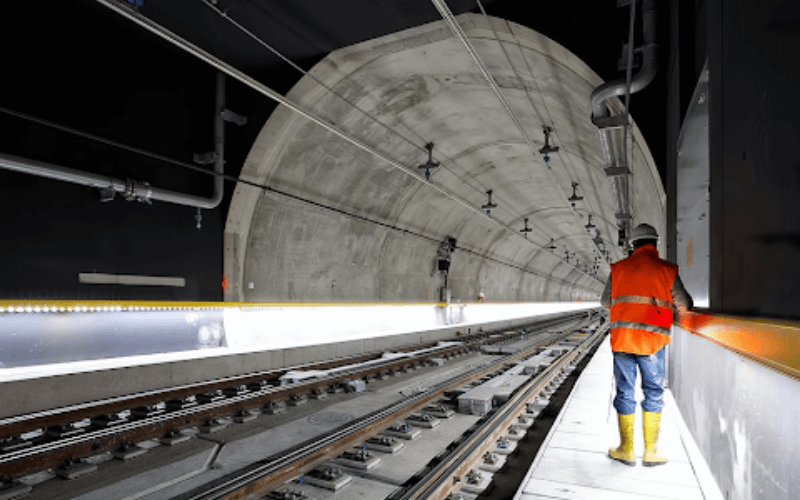
Is visual inspection efficacious? Overall, the visual inspection method on its own cannot deliver the exact quality results as other non-destructive testing (NDT) methods. First of all let’s know more about Visual Inspection
What is a Visual Inspection?
A visual inspection is an inspection of an asset created using only the naked eye. This kind of inspection does not necessarily need any particular equipment, but it does need exceptional training so that the inspector comprehends what to examine as they visually review the asset.
For one, it cannot detect specific minute flaws regardless of how sensitive an eye or how much knowledge an analyst has. Even the help of visual aids and tools is occasionally insufficient—and even minor defects may develop into crucial problems if ignored for too long. Where visual inspection can play a role in monitoring existing defects or as an initial tool for a very fundamental inspection.
Visual inspections are affordable and require less training than other various testing methods. However, the discipline merely cannot compare to the cutting-edge flaw detection and comprehensive scanning capabilities of progressive NDT equipment. Eddy current testing (ECT) and ultrasonic testing (UT), in precise, can deliver levels of convenience, flexibility, and efficiency with which visual inspections merely cannot compete.
How does Visual Inspection Help NDT?
The visual testing method permits detecting discontinuities, deviations of the size and shape from the defined ones for more than 0.1 mm when utilising instruments with magnification up to 10x. Visual testing is usually accomplished with the naked eye or with magnifying glasses (magnifiers) with magnification up to 7x.
How do you do a Visual Inspection?
Typically, here are 5 easy steps to actually perform visual inspections:
- Step #1 Apparently define defect criteria.
- Step #2 Standardize inspection performance.
- Step #3 Research visual defects.
- Step #4 Convey improvement measures.
- Step #5 Use mobile-ready checklists. Explicitly define fault criteria.
Upgrade your NDT reporting and documentation process with Zertify Non Destructive Testing Software
Eddy Current vs Visual Inspection
Visual inspection (VI) is the ancientest and most typical nondestructive testing method, but it doesn’t deliver the same cutting-edge technology and technological techniques as eddy current testing. ECT is among the most typically used NDT options for a broad swath of applications due to its capability to detect surface and near-surface flaws fast and accurately without interrupting the design form of the tested item.
Visual inspection experts maintain that visual aids such as those documented below can improve VI testing quality:
- Magnifiers
- Telescopes
- Microscopes
- Fiber-optic instruments
- Endoscopes
However, none of these devices can detect subsurface signals and smaller flaws. If examining a painted welding sheet,
No matter how progressive visual inspection equipment may be, it cannot compare to eddy current testing because flaw assessment on a deeper level is unattainable with VI. Visual inspection is mainly used to notice larger flaws that can be seen with the naked eye—not smaller underlying defects that could compromise the integrity of the tested asset. With ECT, analysts can detect incredibly slight flaws without bother, permitting managers to manage the deviations early before they develop into greater danger.
ECT can witness flaws in the form of:
- Cracking
- Corrosion
- Pitting
- Thickness variations
- Material degradations
These flaws could be in places where a VI instrument couldn’t reach them. Visual inspection is an unfinished form of testing that cannot paint a complete picture of an asset’s flaws, and even though analysts may use other NDT methods in conjunction with VI, it stays an ineffective standalone method.
With eddy current testing, analysts can get more rapid results via improved signal quality and handheld portability.
Ultrasonic vs Visual Inspection
Ultrasonic testing is another way that can pinpoint aberrations that visual inspection may efficiently miss. Using various UT instruments, analysts can efficiently and accurately analyse large infrastructures, such as oil pipelines or extensive welding sheets. With the visual inspection method, on the other hand, analysts rely on having direct physical and visual access to the whole of the surface being inspected—which may not always be feasible when dealing with bigger test objects.
UT can be used to examine larger assets in two key ways:
- Corrosion Scanning:
- Phased Array
Is Visual Inspection Effective When Combined With Various Methods?
Visual inspection may be thriving when used in conjunction with different techniques, but it should not be used on its own as a means for a whole inspection of critical assets. Analysts can significantly boost the probability of detection (POD) in most cases by using an eddy current and/or ultrasonic testing solution that eases inspection times and extracts impeccable data.
Even when dealing with larger, visible flaws, visual inspection on its own is not as useful as more progressive nondestructive testing methods due to the more extensive margin for human error.
It’s all too uncomplicated to overlook even noteworthy flaws when depending solely on the human eye to gather data, and factors such as whether the analyst is unwell, tired, or distracted may further compromise data quality. Technologies such as those used in eddy current and ultrasonic testing equipment mitigate this margin for error while delivering more in-depth probing capabilities.
Zertify NDT Software enables a quick, accurate, and consistent NDT work process from initial Planning, Scheduling, and Execution to delivering real-time access to inspection data. It is ideal for reporting and documentation. Contact Spinnsol for your NDT Software Now

